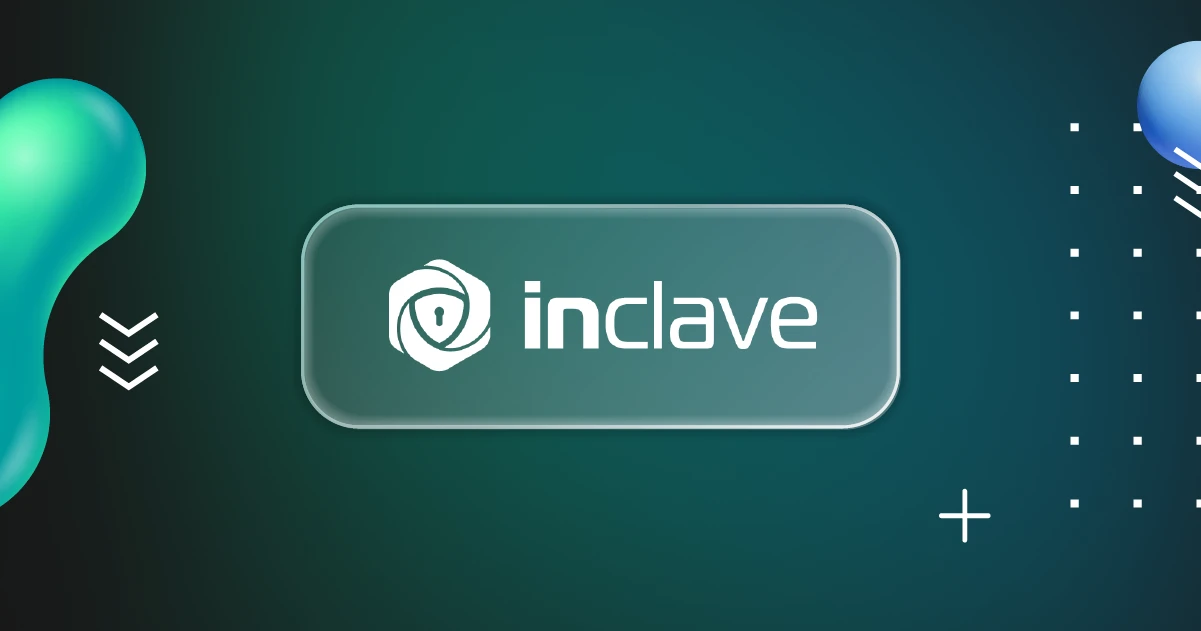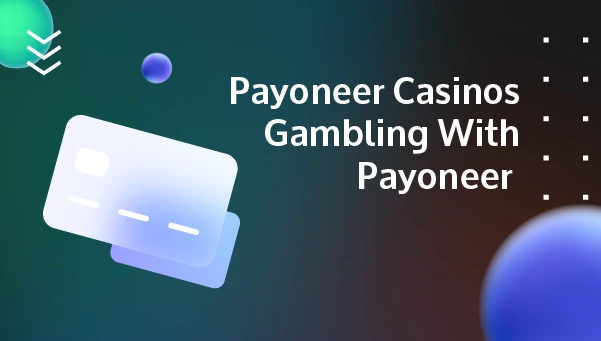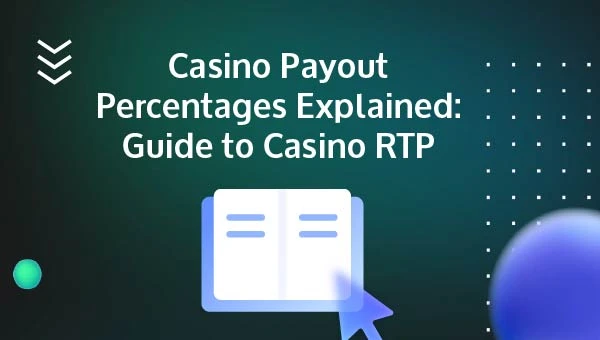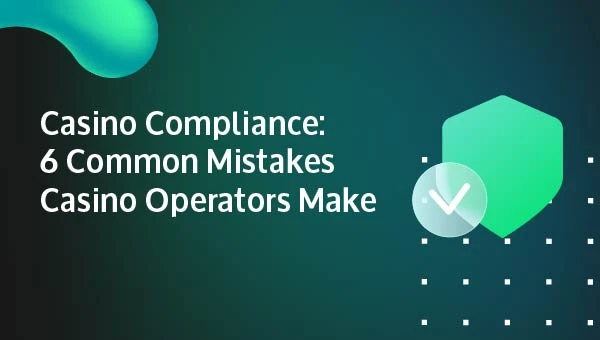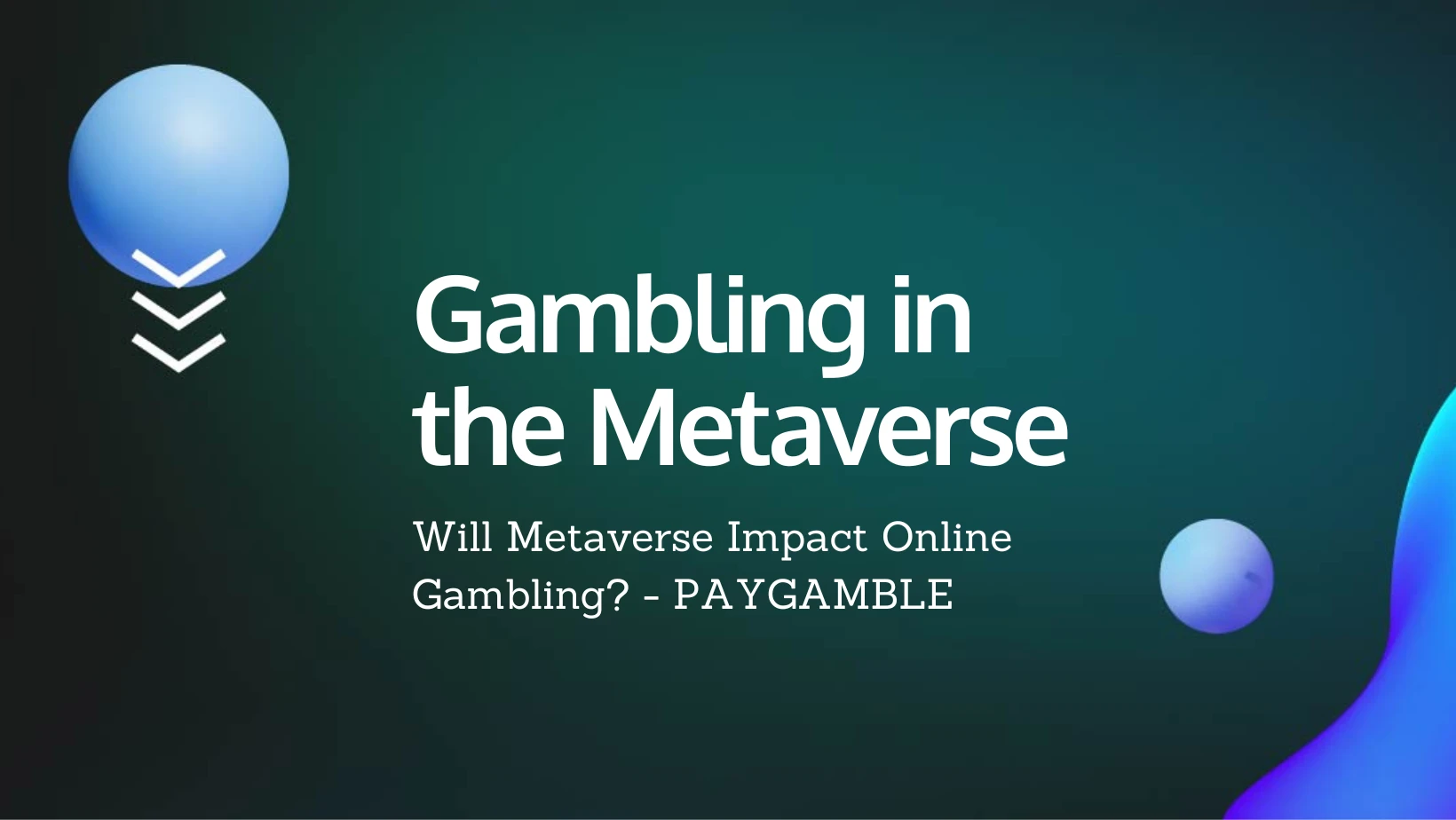What Is Manual Flushing in Online Gambling? (2023) – Responsible Gambling
When you put money into an online casino, you probably have plans to take that money out at some point. After a big win or if you simply need your money back, you can request a payout. The point of making a withdrawal from a casino is, after all, to walk away with some of that hard-earned cash.
Although withdrawal requests at online casinos are rarely fulfilled in real-time. Some of these sites may even let you revoke your withdrawal and keep playing with the money in your account.
When you have to reverse your withdrawal, you’ll be tempted to use the money you were going to take out to gamble instead. How do you resist the urge to give in? Manual flushing is the solution. Explore the definition, significance, and availability of manual flushing to better understand the concept.
How Does Manual Flushing Work?
After requesting a withdrawal, there is always a period of time when the payment needs to be assessed. The casino’s security team ensures everything is above board while all types of background processes, such as KYC checks, take place. Once approved, funds can be transferred back to the player.
How long the processing takes varies by payment method and casino, with some much quicker than others. But regardless of how long the payment remains pending, the temptation to reverse the withdrawal is always present. Manual flushing can help with this problem in the absence of a proper withdrawal lock function. In short, you can request for any pending funds to be removed or “flushed” from the automated payout process.
The only way to initiate manual flushing is to speak to a member of the casino’s support team. You can do so via any channel, whether it be live chat, telephone, email or something else. If the facility offers it, the customer service agent will manually override the system and push your withdrawal request into a “processing” status. As a result, it can no longer be reversed.
Are Manual Flush and Withdrawal Lock the Same Thing?
Manual flushing is not the same as a withdrawal lock, but the end goal definitely is – staying on the responsible side of gambling and removing any possibility of reversing a withdrawal. These two approaches can help players achieve this.
- Withdrawal Lock: A built-in feature where bettors can choose to secure any requested payouts. As soon as the lock button is pressed, the ability to reverse the transaction is automatically disabled. As such, your payment is now protected.
- Manual Flushing: As the name suggests, this is not an automated feature. Players must speak to a support agent who will manually interrupt the casino’s payout process; doing so changes the transaction’s status and removes the right to cancel the withdrawal.
Should I Play at an Online Casino Without Manual Flushing?
Our advice is essentially the same as for the withdrawal lock feature. When all is said and done, only you know the best approach to suit your needs. But if you tend to succumb to temptation and aren’t good at controlling your spending, it’s a good idea to protect yourself.
A lot of casinos don’t offer a manual flushing service. However, some of those do include a withdrawal lock facility, which negates the need for manual flushing in any case.
Why Online Casinos Offer Reversed Withdrawals
The ability to reverse transactions is a huge advantage for most customers. Imagine you have a dedicated bank account to manage your gambling bankroll and it contains $100. You deposit $50 of that, place some bets and end up doubling your money, requesting a $100 withdrawal.
However, later on, you want to play again. You make a deposit for the remaining $50 in your bank account. Luck is not on your side, and you lose it all. Overall, you broke even on the day, with $100 in deposits and a $100 pending withdrawal. But now – you’ve found yourself in a different jam – you can’t continue playing because your account is empty.
Since the withdrawal is likely to take at least 72 hours to hit your bank, that’s three whole days without being able to gamble. If only you could somehow cancel the $100 pending payout to release those funds and continue playing. Therein lies the convenience of a reverse withdrawal functionality.
What Is Compulsive Gambling & How to Recognise It?
Compulsive gambling is an impulse control disorder. Those affected by this psychological affliction are much more likely to let their gambling get out of hand, which can have multiple negative consequences.
Family and relationship breakdown, financial trouble and poor mental health are all knock-on effects. In the most extreme cases, it can lead to sufferers causing themselves physical harm, including suicide.
Psychologists use the Problem Gambling Severity Index (PGSI) to test whether or not a patient is a potential problem gambler. But you don’t need to speak with a professional to recognise that you or a loved one may be at risk.
Here is a list of signs to look out for:
- Difficulty stopping once you’ve started gambling;
- Irritation or aggression when attempting to reduce your play time;
- Forgetting or not caring about life commitments;
- Frequently borrowing in order to fund your wagering;
- Spending large amounts of time thinking about gambling when not actually playing;
- Requiring an increasingly larger stake to satisfy your urges;
- Hiding your gambling activity from friends or family members;
- Gambling is no longer fun.
Tips for Responsible Gambling
It doesn’t matter whether you play poker, scratch cards, roulette or slot machine games. The signs are the same for any form of wagering. Stay vigilant, and if you are concerned, you can apply the following responsible gambling practices and help yourself move away from what could potentially turn into a dominant problem in your life.
- Money management. Set aside cash specifically for your hobby. Do not view gambling as a money-making exercise or “get rich quick” scheme. Never use funds that should be spent on everyday expenses, such as groceries or bills. And don’t chase losses!
- Reality checks. The best online casinos offer a number of safer gambling tools to allow you to stay in control. Automated pop-ups can usually be configured to remind you how long you’ve been playing and how much you’re winning or losing.
- Self-imposed limits. If you need a little assistance with your money management, most online gambling sites allow you to configure limits. Capping the maximum amount you can deposit or lose at the site can prevent a moment of madness.
- Temporary timeouts. Sometimes it’s good to take a break, but it’s not always easy to remain disciplined. Responsible casinos offer a timeout facility, meaning you’ll be locked out of your account. This can last anywhere from 24 hours to three months.
- Permanent exclusion. All casinos offer self-exclusion programs for when things are becoming too much to take. Your account will be closed for a minimum of six months, up to a lifetime ban. You cannot create a new account or access the old one.
Final Thoughts
Cashing out means requesting a transfer of casino funds to another payment method. However, even the most determined gamblers occasionally experience a lapse in willpower and find themselves wishing they hadn’t cashed out. To avoid this, you can use a manual flushing method that delays your withdrawal until it is processed. There is no way to undo the cashout and fool about with the money if you choose this option.

A gambling industry professional of 15+ years, Dominic has launched retail and online gambling sites for industry giants around the world. His interest in gambling…
More info on Dominic Field



